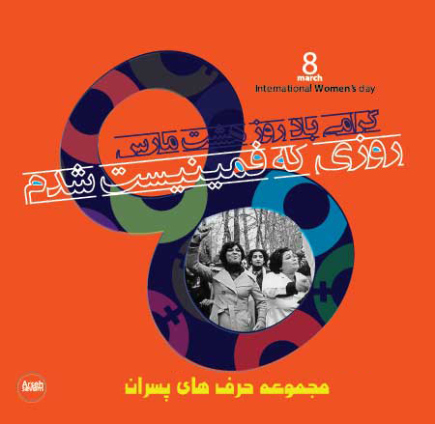
Help Us Learn More: Tell Us What You Think
October 5, 2011
OCT — Actress Marzieh Vafamehr Sentenced
October 9, 2011 AIDS in Iran – An Introduction
AIDS in Iran – An Introduction
Since the middle of the 1980s, Iran, like most other countries in the world, has grappled with a growing number of citizens diagnosed with the Acquired immune deficiency syndrome (AIDS). In a series of articles, we will be looking into the ways in which civil society organizations and activists have worked to bring more awareness to the disease, curb its growth, and work with governments to improve policy. In this first article, we will be providing a brief history and prevalence of AIDS in Iran.
AIDS is caused by the human immunodeficiency virus or HIV. AIDS basically reduces the capacity of the human immune system to combat illnesses. Think of HIV as an agent that removes the roof and walls of your house. You can still live inside the house, but every time it rainsit rains inside the house. At this point, AIDS is incurable, but treatable. Once infected, a complex regimen of medication is required in order to strengthen the immune system.
It is estimated that the virus originated in West Africa sometime in the last 100 years . It descended from the simian immunodeficiency virus (SIV), which is a related illness that affects apes and monkeys. It is likely that SIV was transmitted to a human carrier.New research indicates that the transmission might have actually occurred from the transfusion of the blood of affected monkeys or apes to a human carrier.
In 2009, The World Health Organization estimated that there were over 33 million people with HIV/AIDS with almost 2.7 million new infections and some 2 million deaths each year. Almost three quarters of the people infected by HIV/AIDS live in sub-Saharan Africa and over 25 million have died of the disease since it was first recognized, according to UNAIDS.
Iran, however, has been one of the lesser affected countries, considering its size. One of the main causes of this might be that Iran is a majority Muslim country with a high rate of circumcision. Circumcision has been shown by researchers to dramatically slow the rate of sexually tramsmitted AIDS. Still, HIV/AIDS infection rates have been ballooning for the past few decades. HIV can be transmitted through various means other than sexual, including blood transfusion, use of syringes that have been used by a carrier of the virus, and through a pregnant mother to her child.
A 2011 report by the United Nations Development Program in Iran claims that HIV/AIDS was brought to Iran in two waves – the first wave in the mid-1980s and the second wave in the 1990s. According to the report, the first wave is attributed to transmission of the virus through blood transfusions of blood infected with the virus. The second was noted in prisons where unsafe practices led to infection.
Over the past few years, though, the use of illicit drugs in Iran has compounded the problem. Almost 2.8% of Iran’s population are addicted to opiates.
Data from UNDP shows a growing number of HIV/AIDS cases in Iran once again:
- According to the results of estimation/projection exercise conducted in 2009, the number of estimated HIV/AIDS cases was 83,000;
- The total number of reported HIV/AIDS cases in Iran were 21,435 and 3,763 had passed away from this disease;
- Of the above figure, 92.4% were male;
- The 25-34 year-old age bracket included the largest percentage of cases (46.6%), followed by the 35-44 year-olds (27.3%);
- In 19.3% of the cases, mode of transmission is unknown;
- The rates of transmission for infusion of contaminated blood products and mother-to-child transmission were 1.1% and 0.6% respectively;
- Among those infected through drug use, 98.9% were male, whereas out of the reported infections resulting from sexual contact, 55% were female.
The report further adds:
There is now growing concern that Iran may be entering a third wave of HIV/AIDS transmission, this being through sexual behavior. In the past, the number of new cases that result from sexual transmission has remained relatively stable at around 5-8% of the total number of cases, though as of June 2010, this figure was 9.1%.
The UNDP data – one of the most comprehensive sources on this subject – indicates the following additional important points:
A) Men more often seem to be infected through drug use – the largest number being between the ages of 25-34.
B) Almost all of the victims of HIV transmission through drug use are male.
C) Women seem to get infected through sexual intercourse slightly more often than men, but overall, the numbers seem to be much more uniform.
Awareness of the ways in which AIDS is spread, combined with campaigns targeting risky behavior is needed to ensure that a third wave of AIDS is prevented in Iran.
In the next article, we will be discussing organizations that focus on AIDS awareness and treatment.
Links:
1. Factsheet: pdf
2. Serial human passage of simian immunodeficiency virus by unsterile injections
3. UNDP Report





